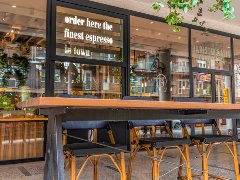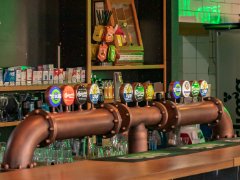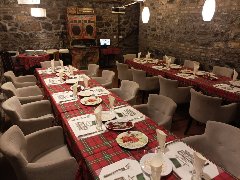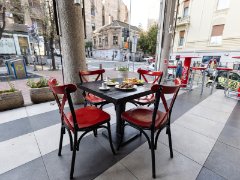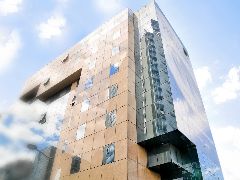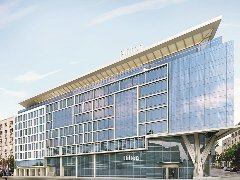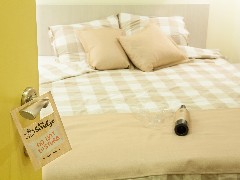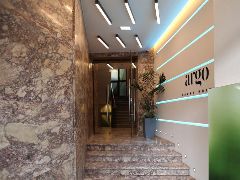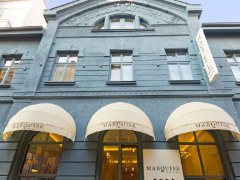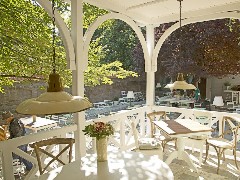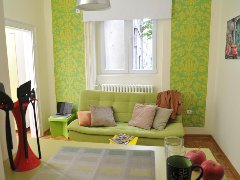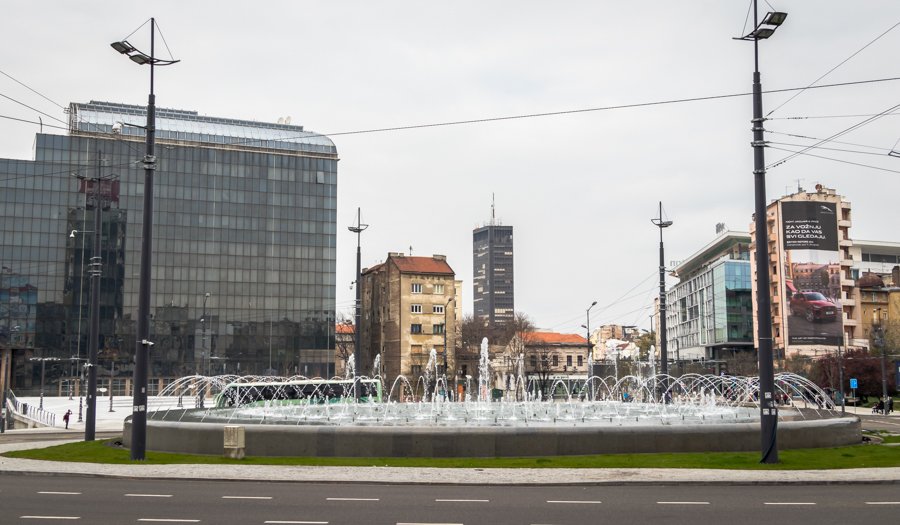
The square had been a marshy pond prior to 1880, where the citizens of Belgrade hunted wild ducks. The Scotsman Francis McKenzie purchased a large area above the modern-day square and parcelled it up to be resold, and thus its development began. McKenzie built the Peace Hall on Slavija in 1885, as the central building of the settlement, turning it into the centre of the workers’ movement in 1910. The “Slavija” cinema stood there after World War II, until it was torn down in 1991. The “Slavija” Hotel was built between 1882 and 1888.
The name Slavija originates with the chief architect and it stuck to this day, remaining as the name of the entire Square. The other smaller buildings at the corner of Kralja Milana Street and the square, housing the famous “Tri seljaka” (“Three Peasants”) and “Rudnichanin” inns, were torn down before and during World War II. The new hotel “Slavija” was erected in 1962. The square bore the name of the prominent leader of the socialist movement in Serbia Dimitrije Tucovic for a while, with his monument set up at the centre of the square. Slavija is one of the main landmarks of Belgrade, an important nexus of traffic and also one of the most demanding roundabouts you will encounter.
The Slavija square has been completely renovated in 2017. It distinguishes itself by the 32-metre-wide fountain with jets shooting the water 16 metres in the air.
The square had been a marshy pond prior to 1880, where the citizens of Belgrade hunted wild ducks. The Scotsman Francis McKenzie purchased a large area above the modern-day square and parcelled it up to be resold, and thus its development began. McKenzie built the Peace Hall on Slavija in 1885, as the central building of the settlement, turning it into the centre of the workers’ movement in 1910. The “Slavija” cinema stood there after World War II, until it was torn down in 1991. The “Slavija” Hotel was built between 1882 and 1888.
The name Slavija originates with the chief architect and it stuck to this day, remaining as the name of the entire Square. The other smaller buildings at the corner of Kralja Milana Street and the square, housing the famous “Tri seljaka” (“Three Peasants”) and “Rudnichanin” inns, were torn down before and during World War II. The new hotel “Slavija” was erected in 1962. The square bore the name of the prominent leader of the socialist movement in Serbia Dimitrije Tucovic for a while, with his monument set up at the centre of the square. Slavija is one of the main landmarks of Belgrade, an important nexus of traffic and also one of the most demanding roundabouts you will encounter.
The Slavija square has been completely renovated in 2017. It distinguishes itself by the 32-metre-wide fountain with jets shooting the water 16 metres in the air.







